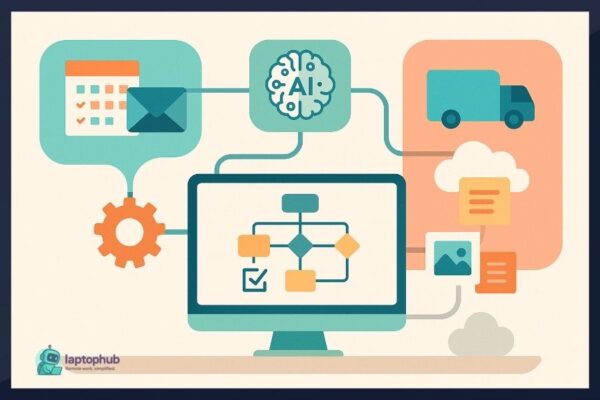Meta and Arm Holdings have announced a deep collaboration to scale and enhance artificial-intelligence capabilities across computing platforms, from data centers to edge devices. The partnership, publicly revealed on 17 October 2025, aims to drive increased AI efficiency by co-designing hardware and software stacks tailored for agentic and generative AI workloads.
Evolving the AI Compute Stack
Arm will integrate Meta’s model-efficiency tools and runtime optimization into its own chip-design roadmap, while Meta will leverage Arm’s architecture to optimize future AI deployments. This joint effort targets key outcomes: lower power consumption, higher inference throughput, and more efficient distribution of AI workloads across heterogeneous hardware. The project underscores a shift in the AI ecosystem: hardware vendors and large AI platforms working in tandem to move beyond simply “larger models” toward full-stack optimization.
Why It Matters
- Compute bottlenecks are increasingly limiting AI scaling. As models grow and data volumes surge, hardware and system efficiency become central constraints. By combining expertise, Meta and Arm aim to unlock further gains.
- Energy efficiency and deployment flexibility are becoming competitive differentiators. AI workloads are now deployed in diverse settings (data centres, devices, edge) and require tailored hardware–software synergy.
- Strategic positioning for both players. For Arm, this strengthens its relevance in the AI-accelerator market; for Meta, it underlines its ambition to control more of the AI stack beyond just models and services.
Broader Context & Implications
The collaboration comes at a time of intense infrastructure build-out in the AI industry, where companies are scrambling to secure hardware, optimise inference, and reduce operational costs. By working together, Meta and Arm signal that future AI growth will rely not just on models and data, but on deeper integration across hardware, firmware, and algorithms.
For enterprise customers and AI adopters, this means better possibilities for class-leading performance on more efficient hardware. It may result in deployment models that bring high-end AI capabilities into a wider range of applications from enterprise systems to embedded edge devices.
What to Watch Next
- Hardware outcomes: Look for announced chips, accelerator modules, or reference platforms emerging from the collaboration.
- Software stack releases: Meta’s optimisation frameworks and Arm’s hardware architecture may jointly release tools or architectures for ecosystem partners.
- Deployment visibility: Watch for early use-cases where the optimized hardware–software stack is deployed in live product or infrastructure settings, evidence of the partnership’s real impact.
Read our editorial guidelines to learn how we report news on LaptopHub.





